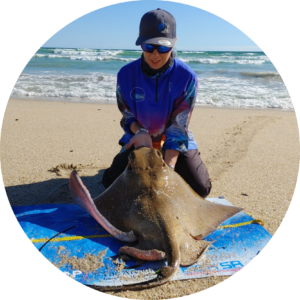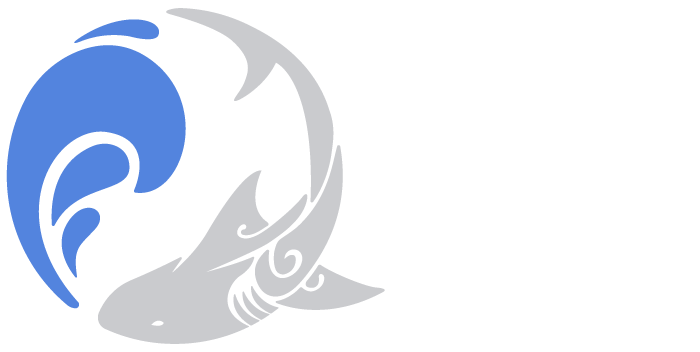HMPA

Feb 10, 2021
For the years 2021/2022, Reel Science Co. has been engaged in the planning and implementing of the shore-based research within the Helderberg Marine Protected Area (HMPA) of South Africa.
Helderberg Marine Protected Area (HMPA) Baseline
Biodiversity and Monitoring Programme
The HMPA is situated on the north eastern side of False Bay in the Western Cape and is the oldest official MPA in South Africa. The HMPA is defined geographically as the area between the Lourens River Mouth to the east and the Eerste River Mouth to the west, extending 500 m offshore from the high-water mark. The coastline is dominated by sandy beaches with mobile dune systems, while offshore habitats comprise rocky reefs, kelp beds, sandy soft-sediment, and pelagic environments. There is no baseline data available for this area and the efficacy of the MPA, within the wider context of False Bay, is unknown. This lack of baseline information has hampered long-term monitoring in the HMPA.
Reel Science Co. is currently implementing a shore-based scientific monitoring program within the HMPA to collect baseline data.
The ongoing HMPA monitoring project is divided into several components, which include:
* Determining the presence/absence of Tylos Granulatus
The HMPA reportedly supports the only remaining population of the giant isopod Tylos granulatus south of Yzerfontein. This species, previously widespread on the Peninsula and West Coast, is now a red data species candidate.
* Sandy beach & subtidal macrofauna
The data collected is to be used to assess spatial variability in the benthic macrofauna community structure and composition which will be used in future to assess changes in benthic community structure over time. Both the spatial and temporal assessments are necessary to provide a good indication of the current state of health of the area.
* Sediment analysis
Sediment samples will then be analysed for grain size and composition (to understand the hydrodynamic characteristics and sediment transport/deposition processes), and total organic content (to monito overall levels of organic compounds).
* Tag-and-release surveys
Tag and release shore angling is used to monitor changes in species composition and relative abundance, measured as Catch-per-Unit-Effort (CPUE), for common surf zone fish species. This will provide an indication of the abundance of fish in the MPA as well as the benefits of the no-take zone. All tagging will be done in partnership with the Oceanographic Research Institute (ORI), which will contribute to research regarding stock status and community composition, as well as migrations, behaviour, and mortality rates.
Project PIs: Dr Michelle Soekoe
